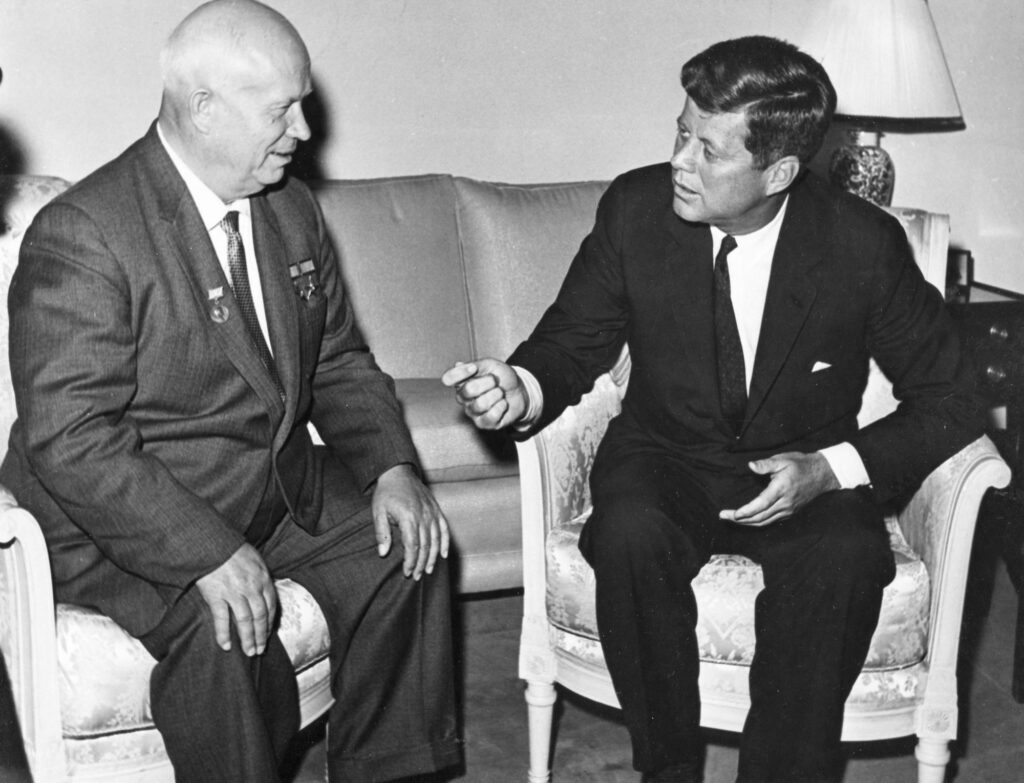Introduction:
October 22 is a significant date in history, marking an event that brought the world on the brink of a possible nuclear war—the Cuban Missile Crisis. This was a 13-day confrontation between the two major world powers of the time, the United States and the Soviet Union. The critical event that marked the escalation of this crisis occurred on October 22, 1962.
Historical Context:
The Cold War period, from 1945 to 1991, was marked by military tension, political hostility, and economic competition between the United States and the Soviet Union. The Cuban Missile Crisis of 1962 is considered one of the most dangerous episodes of the Cold War.
The Crisis:
On October 22, 1962, President John F. Kennedy announced on national television that the U.S. had discovered Soviet nuclear missile bases under construction in Cuba. Citing this as a definite threat to U.S. national security, he declared a quarantine, what we would refer to today as a blockade, around Cuba to prevent the Soviet Union from delivering additional missiles.
The standoff lasted until October 28, 1962, after tense negotiations between Kennedy and Nikita Khrushchev, the Soviet Premier. Khrushchev agreed to remove the missiles from Cuba, and in a secret deal, Kennedy agreed to withdraw U.S. missiles from Turkey. The Cuban Missile Crisis was a turning point in the Cold War, as both sides thereafter actively sought ways to avoid such dangerously close brushes with nuclear war.

Interesting Facts for Older Kids:
1. Despite the name “Cuban Missile Crisis,” the majority of the events actually took place in the United States and the Soviet Union.
2. The U.S. was already surrounding the Soviet Union with missiles in Europe and Asia; however, this was the first time the Soviets tried to do the same.
3. The hotline – a direct phone line between Washington D.C. and Moscow, was established after the Cuban Missile Crisis to help prevent any such future incidents.
Educational Activities for Kids:
1. Create a timeline of events during the Cuban Missile Crisis, including the key dates, what happened, and the outcomes.
2. Role-play a conversation between Kennedy and Khrushchev, discussing resolutions to the crisis.
3. Discuss why the Cuban Missile Crisis is considered a turning point in history and its impact on international relations today.
Conclusion:
The event that unfolded on October 22, 1962, threatened global peace, deeply influencing how countries interact and negotiate in times of crisis. The Cuban Missile Crisis serves as a stark reminder of the destructive potential of nuclear weapons and the importance of diplomatic solutions in volatile situations.
References:
1. Allison, G., & Zelikow, P. (1999). Essence of Decision: Explaining the Cuban Missile Crisis (2nd ed.). New York, NY: Addison Wesley Longman.
2. Frankel, B. (2005). High Noon in the Cold War: Kennedy, Khrushchev, and the Cuban Missile Crisis. New York, NY: Presidio Press.
3. Hershberg, J.G. (2007). An International History of the Cuban Missile Crisis. New York, NY: Routledge.
*The events marked on this day have influenced the course of history significantly. They present an opportunity for reflection and learning for adults and kids alike.*







What do you think?
Show comments / Leave a comment